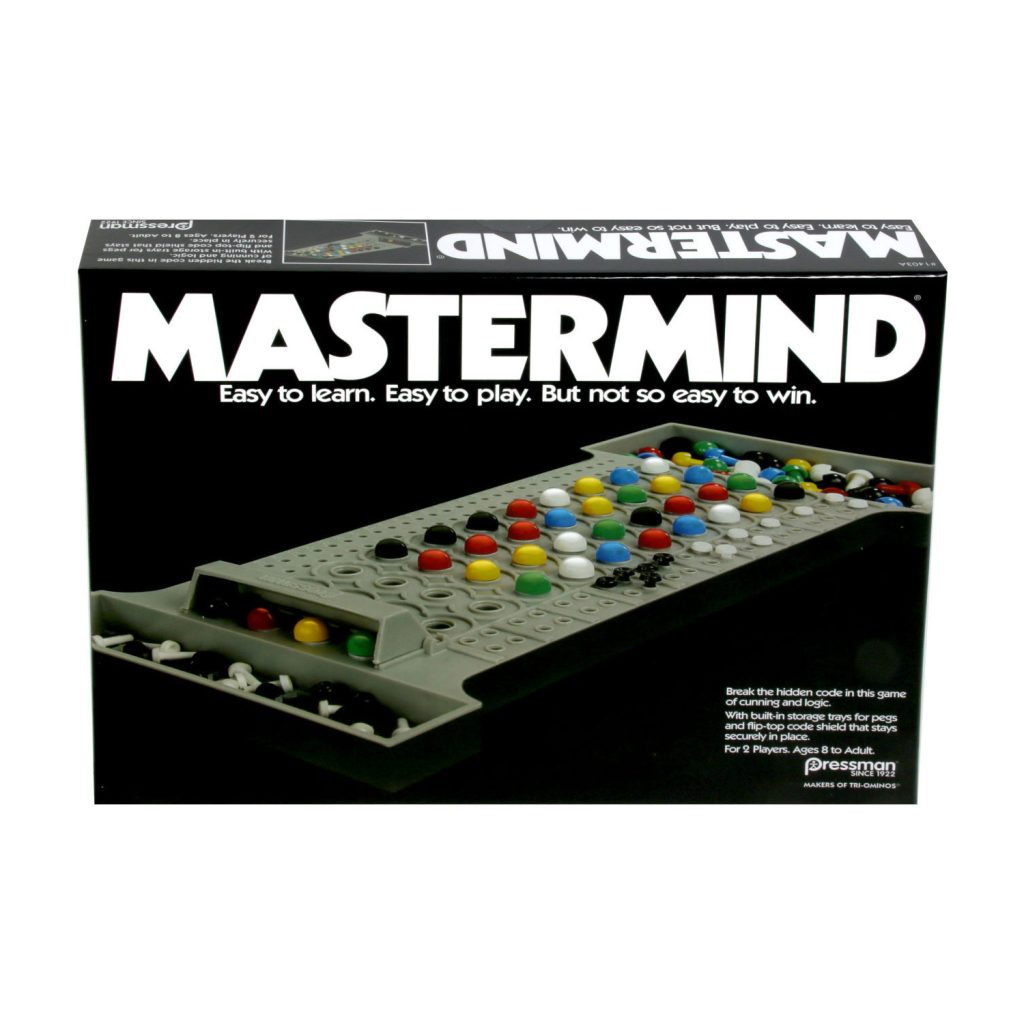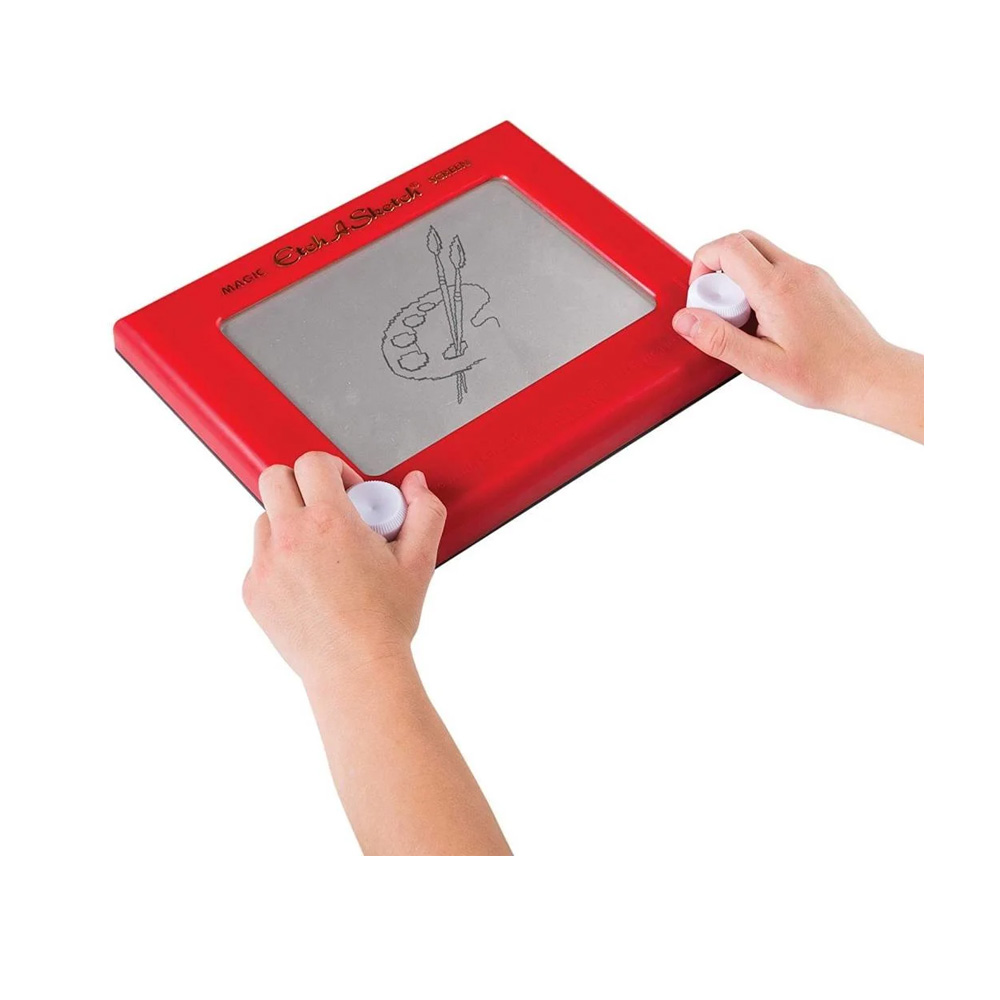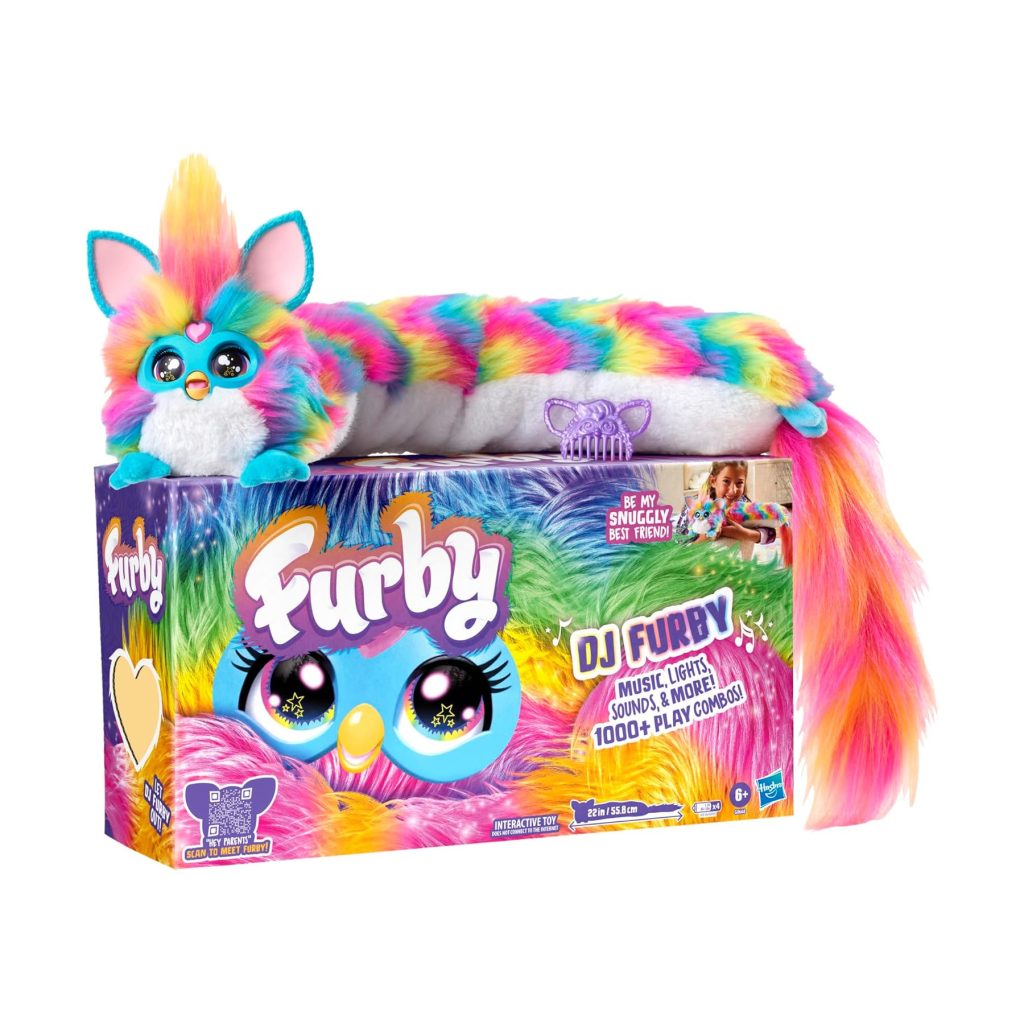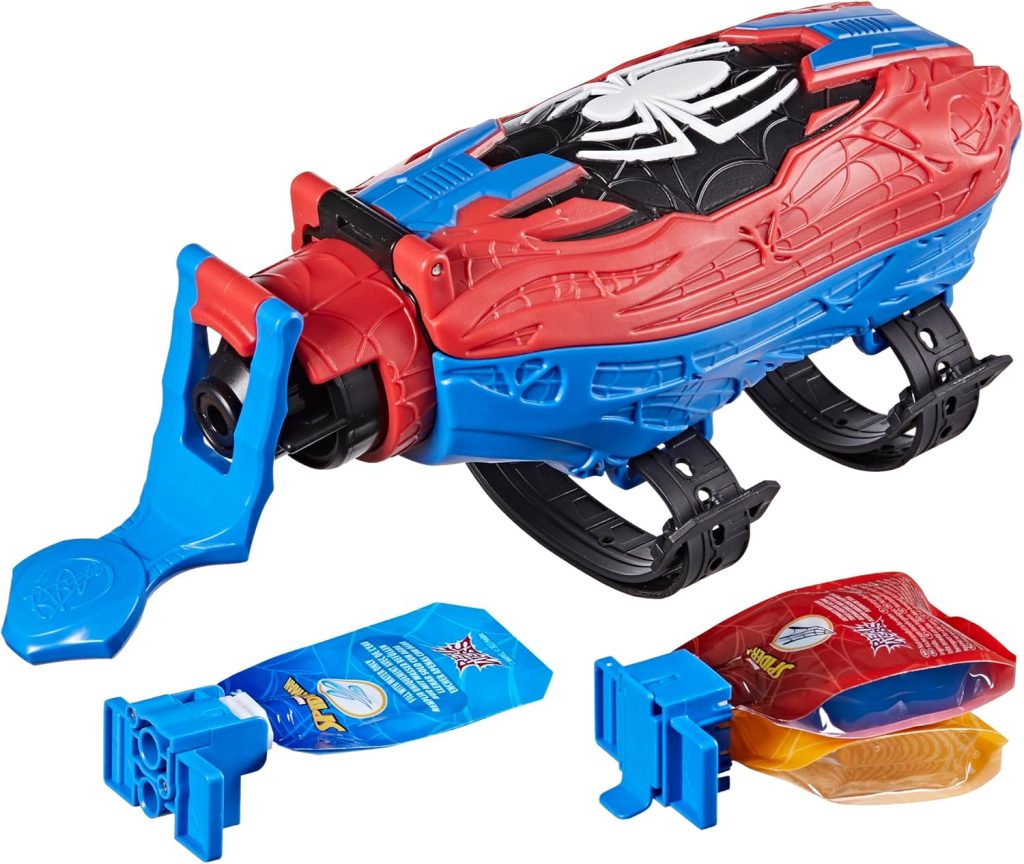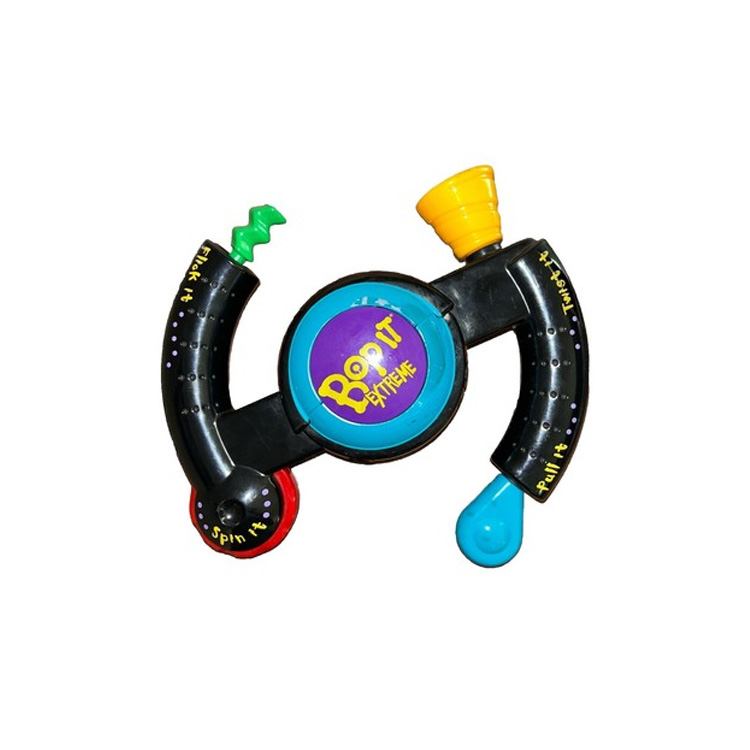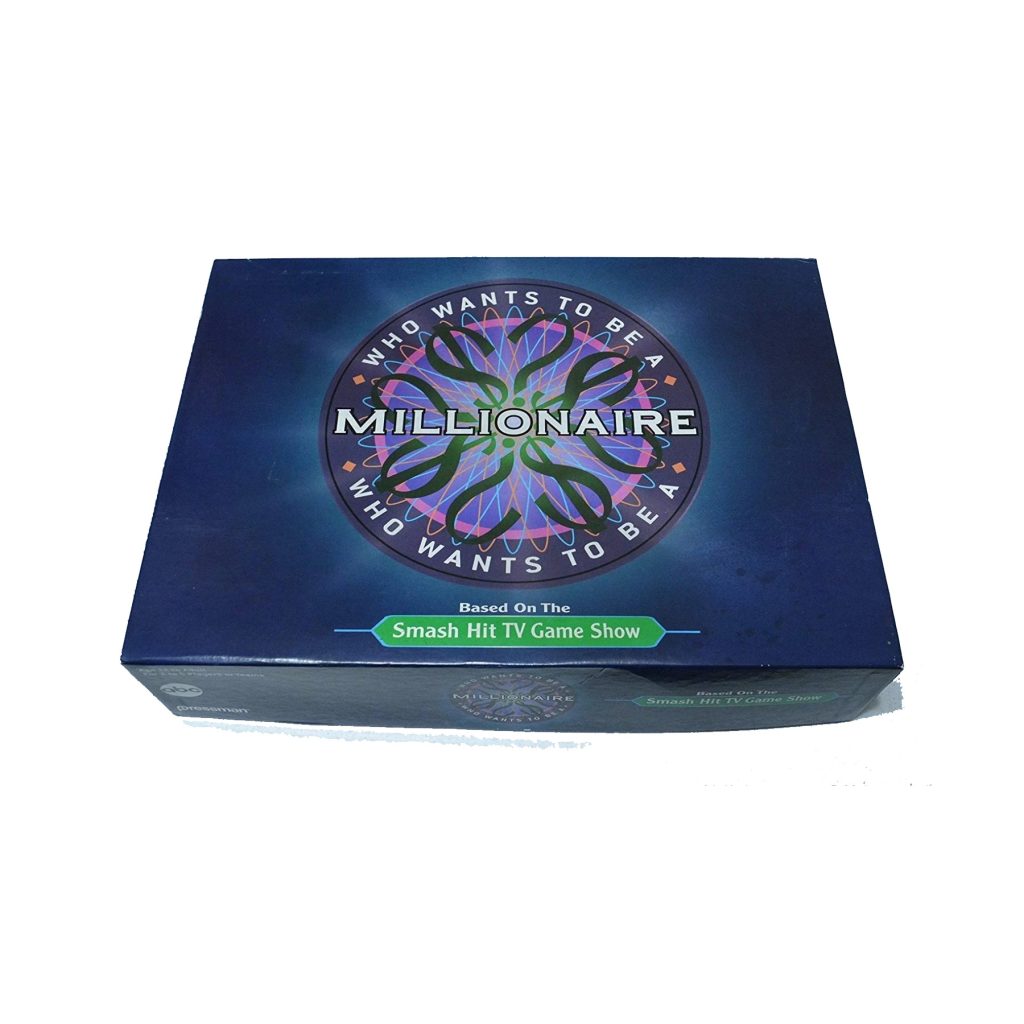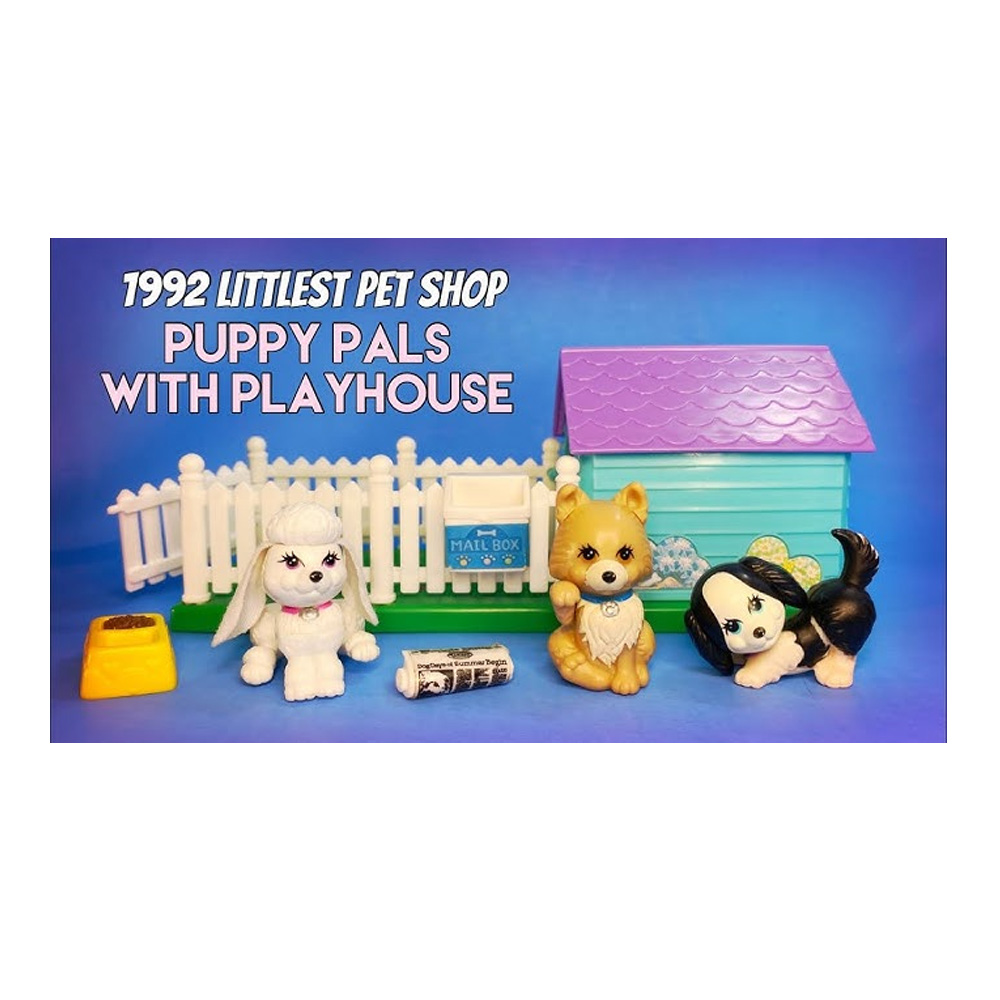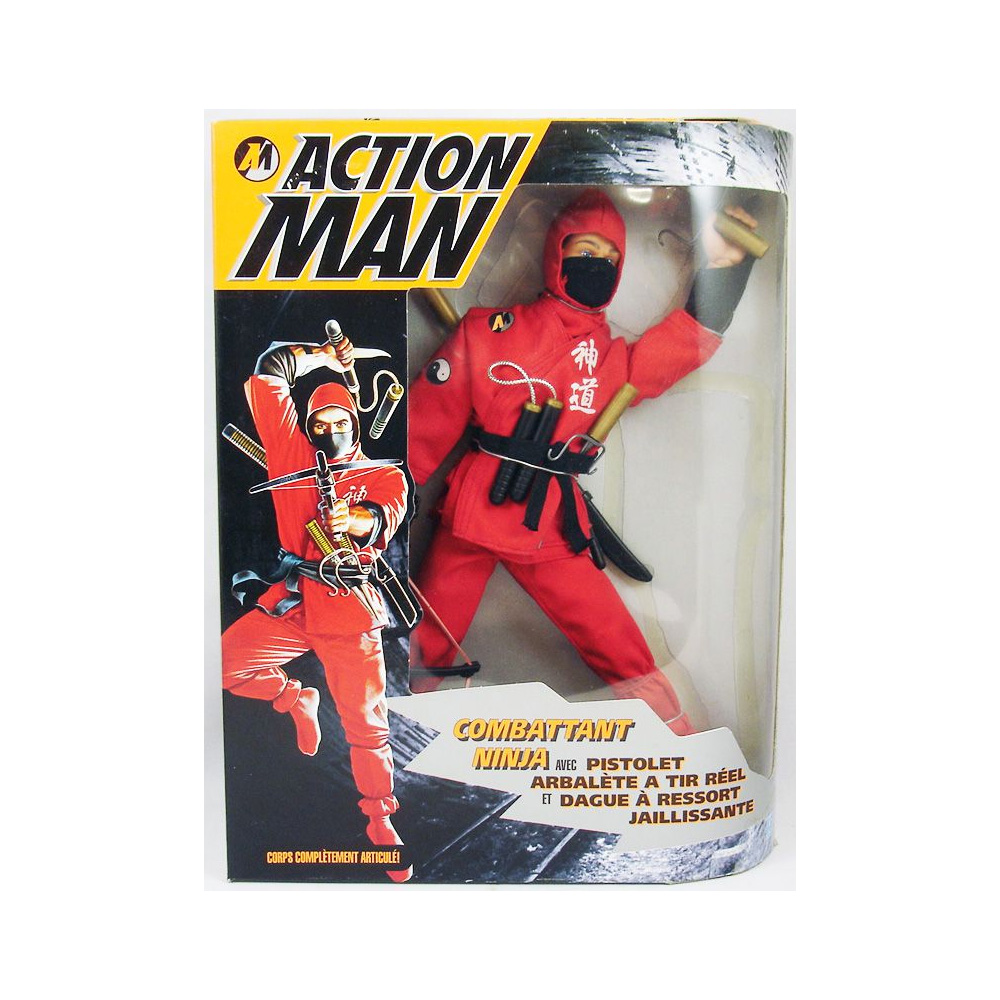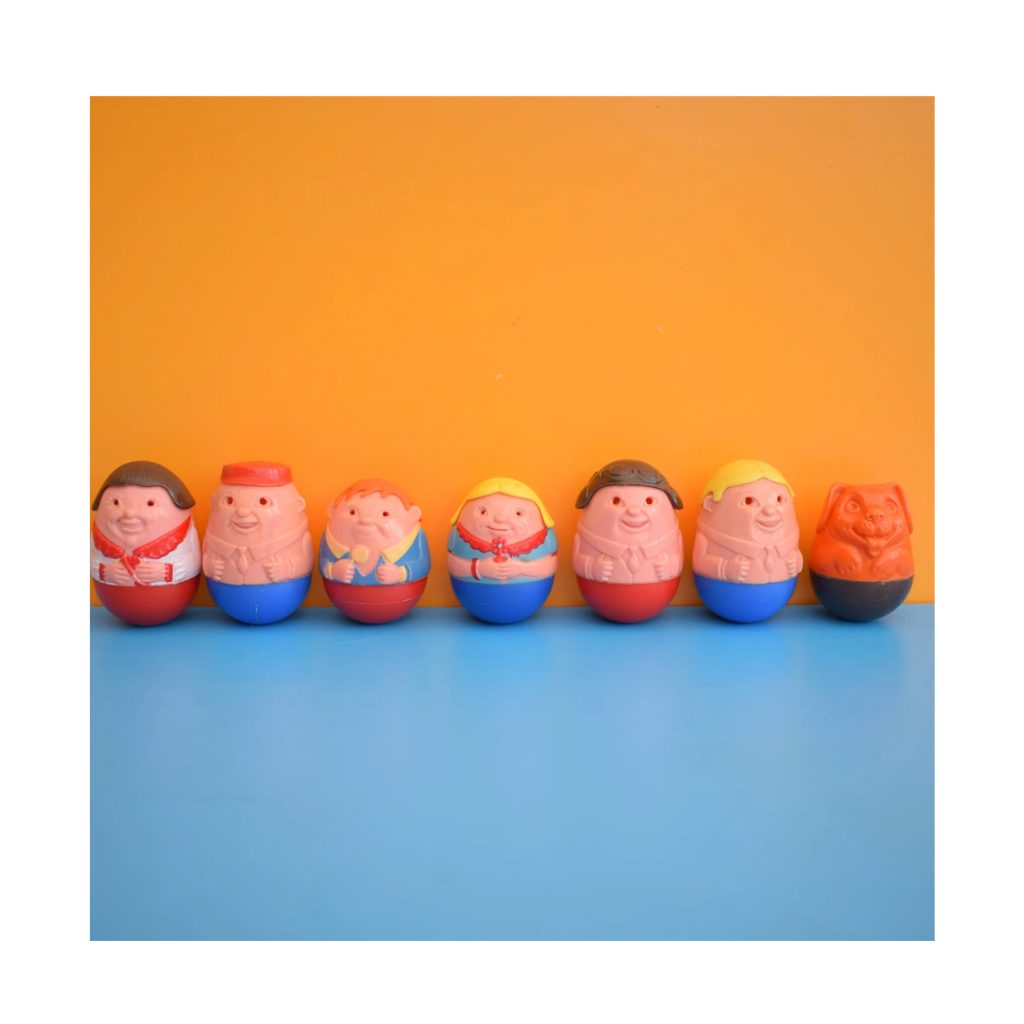
⏰ “Don’t leave it too late — some Christmas best-sellers sell out early each year.”
Weebles Figures Top 10 Christmas Toys 1971
Weebles Figures Top 10 Christmas Toys 1971
Weebles Figures wobbled into Christmas 1971 with a simple promise: endless smiles and no tears when they toppled. “Weebles wobble, but they don’t fall down” became the catchphrase kids repeated while shaking, spinning, and gently nudging these egg-shaped characters across the carpet. Picture the scene: the living room glows with tree lights, Selection Boxes are half-eaten, and a small hand opens a bright box to reveal rounded little friends who refuse to stay down. In seconds, giggles start. And within minutes, the floor becomes a tiny world of wobbling fun.
1971: A Year in Context
Britain was changing. Decimalisation arrived in February 1971, replacing shillings and pence with new coins and fresh maths for pocket money. Families talked about the new system at the kitchen table while kids planned what toys their “new pence” might buy. The space race still captured imaginations, colour television spread rapidly, and pop music grew bolder. Against this lively backdrop, toys that were colourful, clever, and cheerful felt right at home. It’s no surprise that a toy as charmingly resilient as Weebles quickly became a must-have for Christmas morning adventures (see Decimal Day for the era’s big money change-over).
What Made Weebles Different
Weebles were brilliantly simple. Their weighted, rounded bottoms meant they rocked, bobbed, and rolled, yet always popped back upright. No batteries. No rules to learn. No fragile parts to snap. Just instant play for little hands. Parents loved the durability; grandparents adored the gentleness; children treasured the personalities—little painted faces, bright outfits, and small accessories that turned the lounge into a miniature world. Distributed under the Playskool line (part of Hasbro), Weebles felt safe, friendly, and endlessly entertaining.
Play That Starts Instantly
Weebles invited imaginative scenes from the first minute. Two wobblers could be sailors on a cushion boat; three more became a family on a “holiday” across the rug; a brave adventurer rolled down the armchair “hill” and popped up smiling at the bottom. Because they never toppled flat, frustration stayed low and laughter stayed high. Moreover, the wobble itself taught gentle cause-and-effect: a small nudge produced a sway; a bigger nudge created a full roll and a triumphant spring back to standing. It was early science hidden inside cheerful play.
Adverts, Taglines, and Toy-Shop Buzz
The advertising did a lot of heavy lifting. Bright catalogue spreads showed Weebles smiling from toy houses, cars, and playground sets. Television spots turned the wobble into a dance, and the catchy line stuck in every child’s head. Parents who’d spent a year explaining new coins found Weebles refreshingly fuss-free: affordable, sturdy, and perfectly sized for stocking fillers and main-gift playsets alike. By mid-December, toy shops reported steady demand, with some popular figure sets selling out before the final Saturday rush.
Price Then and Now
In 1971, a boxed set of Weebles Figures cost around £4.99. In today’s terms—and in line with your dataset—that’s roughly £23.99. Back then, that price landed Weebles in the “special but sensible” category: a memorable gift that didn’t stretch the budget. Today, complete vintage sets with original packaging can fetch far more on collector markets. Yet the true value is still measured in playtime: Weebles offered hours of calm, creative fun that outlasted the Christmas holidays by months.
Why They Caught On (and Kept Going)
Weebles solved a real family need. They were safe indoors, gentle on furniture, and sturdy enough to survive tumbles from coffee tables and sofa forts. Younger siblings could join older ones without drama because the toys were easy to share and practically indestructible. Moreover, the Weebles “ecosystem” encouraged add-ons—cars, houses, and themed sets gradually expanded the wobbling world. As a result, birthdays extended the Christmas excitement, and small pocket-money treats kept the story going throughout the year.
Little Lessons Hidden in the Wobble
Because Weebles always popped back up, they quietly taught persistence. Kids learned that falling wasn’t failing—just part of the fun. This resilience theme made the toys oddly reassuring during a year of change. Decimal coins replaced old pennies; school rules felt new; TV looked brighter; and the world seemed to be speeding up. Through it all, the wobble stayed the same: a playful jig that ended in balance. In that sense, Weebles were more than figures; they were little lessons in bouncing back.
1971 Christmas Morning, Replayed
Many families remember Weebles as the toy that made cousins gather on the rug and agree on rules without anyone saying a word. One child built a “home” from books and cushions; another created a “car” by pushing a shoebox; a third arranged a tea party with tiny cups borrowed from a doll set. The soundtrack was simple: laughter, shuffling knees, and the soft tap-tap-tap of Weebles rocking on the hearth. Later, while adults dozed and the Queen’s Speech echoed faintly, the play kept rolling—literally.
Collectability and Care
Although Weebles were robust, families still kept them carefully. Figures were lined up on bedroom shelves at night, and favourites travelled to grandparents’ houses in biscuit tins. Some children even gave names and backstories to each character, turning a few plastic figures into a whole neighbourhood of personalities. Decades later, collectors hunt for complete sets, crisp decals, and early playsets—proof that the charm of a wobble never really fades (for a concise brand overview, see the Weebles history).
Why We Still Remember Them
Ask anyone who unwrapped Weebles in 1971, and watch their face soften. They’ll remember small hands scooping up a handful of figures, shaking them side to side just to watch them settle upright in a perfect little chorus. They’ll recall the feeling of control—of being able to make something move, dance, and return to standing every time. And they’ll likely smile at the memory of that line, sung off-key yet with pride, because it was more than a jingle—it was a promise fulfilled on every wobble.
Nostalgia & Legacy
Weebles’ legacy is bigger than their size. They inspired later waves of toddler-friendly figures and playsets that valued resilience, round edges, and bright personalities. They also contributed to a broader early-’70s shift: toys that felt modern yet gentle, active yet calm, simple yet endlessly replayable. Even now, reissues can be found, and the original characters pop up in charity shops and attics, ready to wobble once more. Few toys deliver so much charm from such a simple idea.
Conclusion
Charming, sturdy, and irresistibly cheerful, Weebles Figures defined a kind of play that felt perfectly “1971”: optimistic, colourful, and made for sharing. If they wobbled through your family room that Christmas, you can revisit more favourites in our Top 10 Christmas Toys 1971 archive. For a broader look at how toys captured imaginations across decades, dip into our most popular Christmas toys timeline. And if you want to compare that warm nostalgia with today’s wish lists, check out our latest picks in the Top 10 Christmas Toys 2025 guide. Some toys fall; Weebles don’t—and neither do the memories.
Some links on our site are affiliate links. If you buy through them, we may earn a small commission — at no extra cost to you. 🎄
⏰ “Don’t leave it too late — some Christmas best-sellers sell out early each year.”
Available From:


